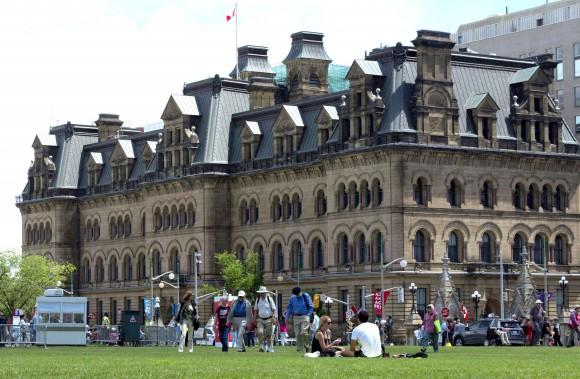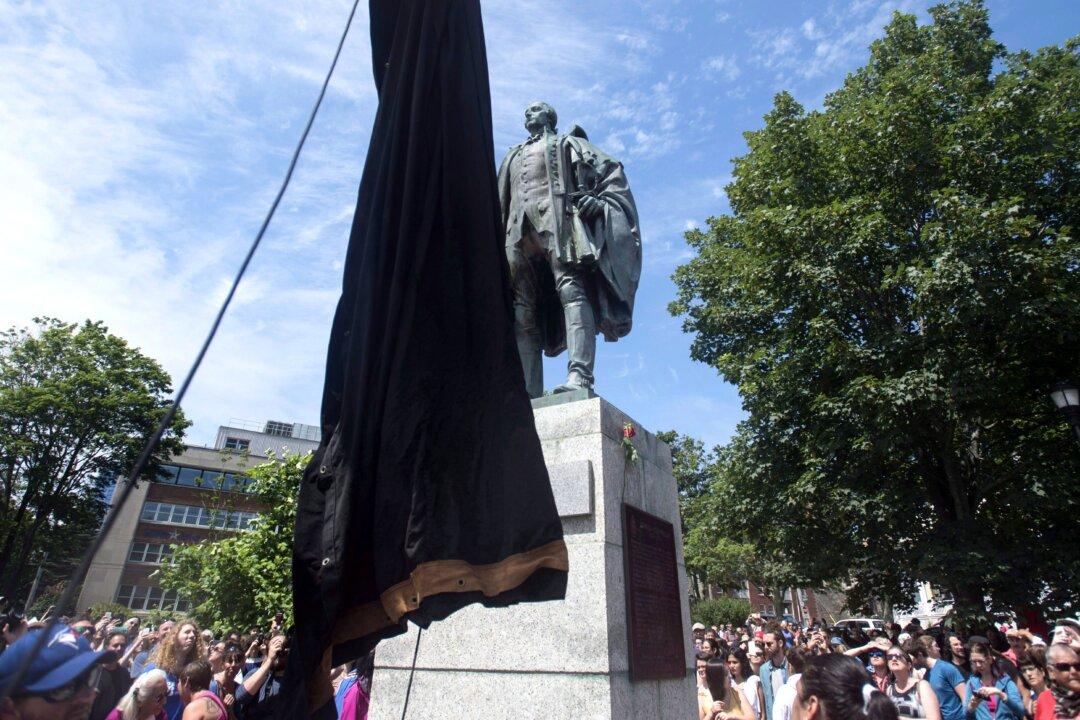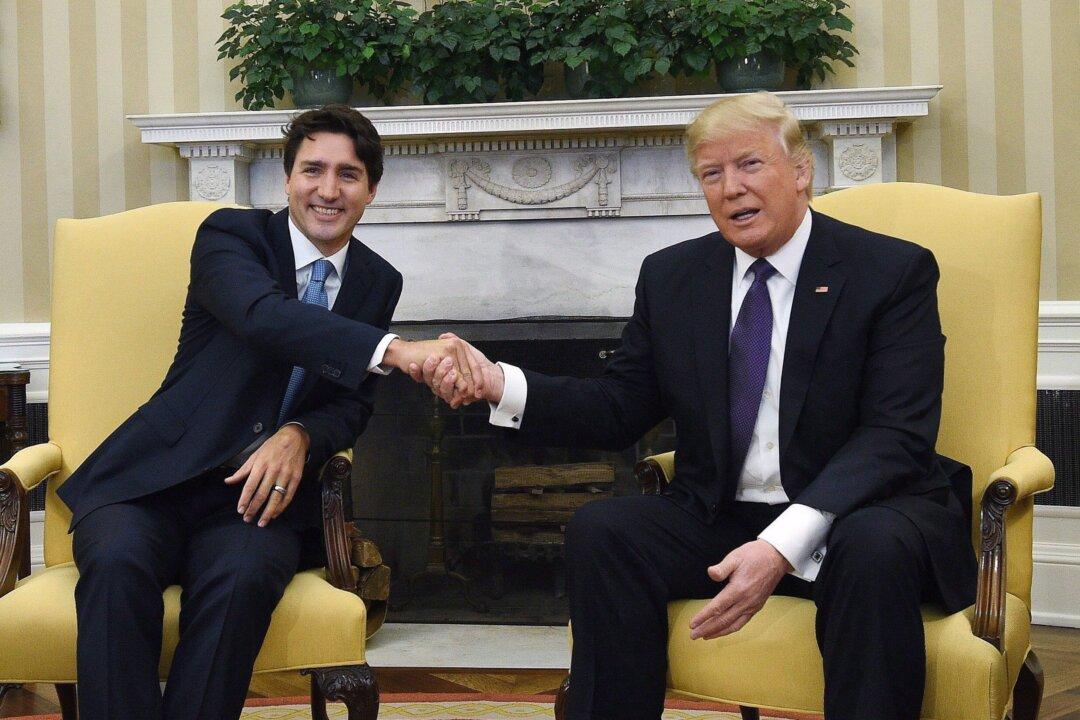Statues and monuments are the latest battleground issue on both sides of the Canada-U.S. border.
In Halifax, Mi‘kmaq protesters have asked that the statue of Edward Cornwallis be removed. Cornwallis, the founder of the city, issued a bounty on Mi’kmaq scalps in retaliation over an attack on colonists, and some Mi'kmaq view his actions as a form of genocide.
Indigenous groups are also calling for the renaming of Ryerson University because the university’s namesake, Egerton Ryerson, a Christian minister and educator, had a key role in the creation of the residential school system.
“If we’re going to rename things or take down statues, are we taking it down because it offends somebody or are we taking it down because we’re worshiping what the person that the statue represents has done? Because there are a lot of people who go to Ryerson and they don’t even know who Ryerson is,” said Ignacio Onassis, an organizer for an upcoming anti-racism rally in Toronto.
“If it’s unjust for one, it’s unjust for all.”
The Unity Rally to Silence White Supremacy to be held mid-September was initially organized by Onassis and others to counter a Nationalist Party of Canada protest at the University of Toronto. That protest has since been cancelled but the rally is still going on. According to Facebook, nearly 6,000 people are planning to attend.
There have been several rallies in Canada in response to the Aug. 11 clashes in Charlottesville, Virginia, when a white nationalist rammed his car into a crowd of counter-protesters during a “Unite the Right” rally and a woman was killed. The white nationalists were marching to protest the city’s plan to remove the statue of Robert E. Lee, erected in 1924.
“Some of the statues, I would say yes, they have to come down,” Onassis said. “But if they do come down we have to ask ourselves ‘Why?’ and ‘What is the next step?’ It can’t just stop at a statue.”
Donna Gabaccia, a historian at the University of Toronto, suggests controversial statues be relocated to museums where factual context can be applied.
“There’s many ways to create context. You can do it in a museum. You can do it by juxtaposing images. You can remove the statue itself which happens often enough in history and it does not result in the forgetting of what the statue or the monument represents,” Gabaccia said, noting that she lived in Berlin and knows no one will forget about the Berlin Wall.
But Ryerson University historian Ron Stagg argues the statues need more context added, not removal or relocation.
“In the case of Cornwallis, it was a celebration of the founder of Halifax, that’s quite true. But what [the plaque on the statue] didn’t say was he was also a man who wanted to eradicate the Mi'kmaq, to get rid of the local indigenous population. The two things should be there,” Stagg said.
“For some people, the only history they'll ever see is things on plaques as they’re walking by. If you get rid of the statue you get rid of the whole topic.”




